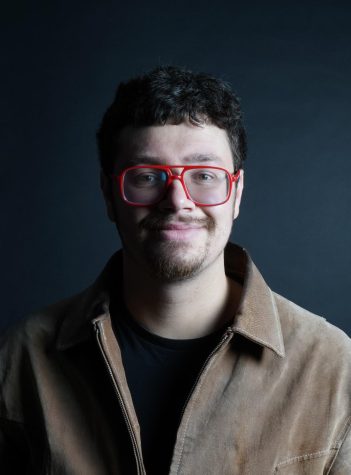Testimonies about a genocide occurring in Guatemala in the 1960s prioritize empathy, often losing historical context in the process, according to research presented by UC Berkeley Spanish professor Estelle Tarica. In this way, testimonies closely resemble victim-led narratives from the Holocaust.



Traica’s research compares genocide survivor testimonials from Guatemala and the Holocaust. She presented her research to an SF State audience on Thursday, Nov. 29, as the last talk in the Jewish Studies department’s Holocaust Across the Disciplines for the 2018 fall semester.
Guatemala endured a 36-year-long civil war from 1960 to 1996, which began when General Miguel Ydigoras Fuentes deposed U.S-assisted president Carlos Castillo Armas leading to a series of coups that left the country in a state of political unrest.
After General Efrain Rios Montt came to power in another U.S.- backed coup in 1982, the government led a campaign to crackdown against Guatemalan guerillas, especially in rural regions, while also killing large numbers of indigenous Maya.
Testimonies from survivors have been collected by the Fundación de Antropología de Guatemala (FAFG), a Guatemalan activist forensic organization that digs up and buries indigenous Maya bodies. Tarica’s research compares FAFG testimonies to past Holocaust testimonies gathered by the Shoah foundation, which researches the Holocaust and other genocides.
Creating parallels between the victim-centered testimonies in the Guatemalan genocide and the Holocaust might have their problems, but it ultimately makes genocide easier to understand and talk about, said SF State Jewish Studies chair Kitty Millet.
“The language of suffering and persecution is not privately owned,” Millet said. “But I can’t think of any other way to respect the victims of genocide than for these individuals who have no language to describe it to use it [the example of the Holocaust].”
Comparing any historical event to the Holocaust is fraught, however, according to research from Monash University professor Noah Shenker, Shoah Foundation Holocaust testimonies focuses on a few factors that are also reflected in the Guatemalan testimonies.
Tarica notes that one difference is the absence of Holocaust survivors recounting their current life, since a much larger number of Holocaust survivors moved away from the places where they grew up.
In contrast, FAFG interviews were conducted either in the survivors’ hometown or close to where conflict happened, so interviews placed more importance on testimonials that described the present day impact on survivors’ hometown.
SF State student Noe Torres has tried to attend every lecture offered under the Holocaust Across the Disciplines series.
“I think it’s an important topic, and just like we’re learning in class, keeping those memories alive is important,” Torres said. “There’s just so much that we get to learn about these people and the atrocity. It’s a scary thought to think those stories could be forgotten.”
The lecture series continues on March 19, 2019 with “The Third Reich in the United States: Uncovering Hitler’s American Supporters” from 3:30 p.m. to 5:00 p.m. in Humanities 415.
Students can also view some of the Shoah Collection’s archives here.





